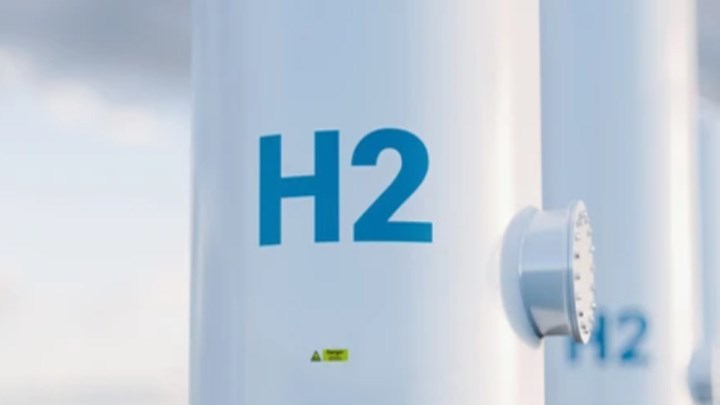European Commission to spend €8bn on hydrogen projects

IN A BID to structurally transform its energy system, while ending its dependency on Russian fossil fuels, the European Commission (EC) is planning on investing more than €8bn (US$7.7bn) on various hydrogen projects, including the creation of a new European Hydrogen Bank.
“Hydrogen can be a game-changer for Europe,” said EC President, Ursula von der Leyen, during her State of the Union address earlier this month. “We need to move from the niche market to the mass market for hydrogen.”
Spurred on by the global energy market disruption caused by Russia’s invasion of Ukraine, the EC has announced a string of policies aimed at ending its energy relationship with the country.
In addition to a €3bn hydrogen bank, the EC has also formulated its REPowerEU Plan, a two-fold approach detailing how its long-standing relationship with Russia will come to an end over the next five years.
Part of that plan is to speed up the development of renewables, which apart from creating energy independence, will also help tackle the climate crisis.
“The green transformation will strengthen economic growth, security, and climate action for Europe and our partners. The Recovery and Resilience Facility (RRF) is at the heart of the REPowerEU Plan, supporting coordinated planning and financing of cross-border and national infrastructure as well as energy projects and reforms,” the executive arm of the EU said in May.
Under the REPowerEU Plan, the EU wants to produce 10m t/y of renewable hydrogen by 2030, as well as importing the same amount again. But to do that “we need to create a market maker for hydrogen, to bridge the investment gap and connect future supply and demand,” von der Leyen said.
More recently, the EC has also approved IPCEI Hy2Use, the second Important Project of Common European Interest (IPCEI) in the hydrogen value chain.
According to the commission, IPCEI Hy2Use involves 29 companies and 35 projects from 13 Member States. Up to €5.2bn in public funding will be provided by the Member States, a move which could unlock a further €7bn in private investments, the EC said.
Along with developing necessary infrastructure such as storage and transport, funding will also provide support for the production of hydrogen via large-scale electrolysers. These are expected to have capacities of up to 3.5 GW, resulting in an output of approximately 340,000 t/y of renewable and low-carbon hydrogen.
The EC also hopes to increase biomethane production, double the deployment rate of heat pumps, and to double solar photovoltaic capacity by 2025.
“Developing technologies for low carbon and, in particular, green hydrogen, and building the necessary infrastructure for its deployment, will take us one step closer to making Europe the first climate-neutral continent by 2050,” said the EC. “It will also take us one step closer to a diversified combination of energy sources in Europe, and hopefully many steps away from dependence to Russian fossil fuels, in line with the REPowerEU Plan.”
Recent Editions
Catch up on the latest news, views and jobs from The Chemical Engineer. Below are the four latest issues. View a wider selection of the archive from within the Magazine section of this site.




